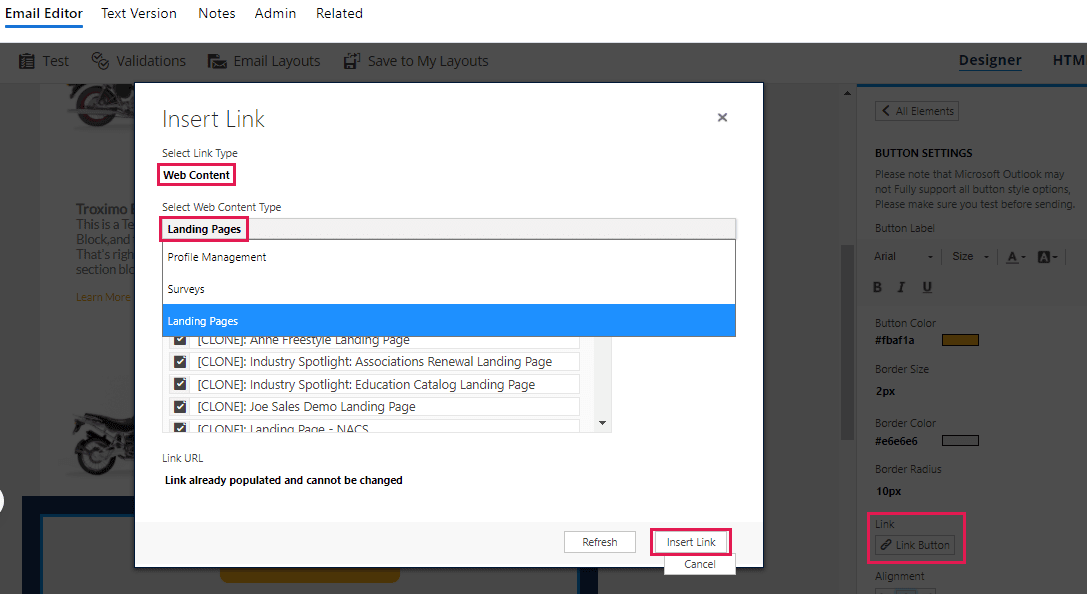Happy Halloween! ‘Tis the season for costumes, candy and creepy creatures. Haunted houses and scary movies are popular this time of year for fun frights, but there are truly terrifying things in the business landscape today that can really keep marketers up at night. We uncovered four scary marketing stats that might initially make you want to cower in a corner, but with some tips for making them less horrifying.
1. 79% of marketing leads never convert into sales. This research from MarketingSherpa goes on to tell us that a lack of lead nurturing is a common cause of this poor performance. Fortunately, there’s an easy solution. First, think about your own buying habits. Are you ready to make a purchase right when your need for something arises? If it’s a simple purchase like a bag of candy for trick or treaters, the answer may be yes. But if you’re looking at purchasing a Halloween costume, research is very likely to go into that decision. So, be sure to add these leads to a nurture campaign that supports their need for information. Without campaign automation, these leads can fall off the radar entirely or won’t receive follow up until after they have decided to go another route. A warm up nurture campaign is an effective way to keep your company top of mind until a prospect is ready to buy and to help educate them along the way.
2. It costs five times more to acquire new customers than it does to keep current ones. Forrester provides us with this frightening fact that should remind all marketers of an audience that sometimes gets overlooked in our marketing plans – current customers. Converting leads into new customers will always be an essential marketing initiative, but it is equally important for businesses, if not more so, to retain customers. Ideally, marketing’s job should only be just beginning when the sale is closed. While customer retention has always been critical to business success, the emphasis on retention efforts has increased for marketers and will continue to do so in the coming years. This is largely due to the changing sales funnel. The funnel is in fact no longer a funnel and customer journeys are no longer linear. What was once thought of as a straight line is now an ecosystem – one in which existing customers are more important than ever. If you need help planning your customer retention marketing initiatives, check out this eBook.
3. 94% of all PR crises either start or spread on Twitter. What a dreadful stat from Visibrain! Lessen its impact with some advance preparation. Don’t wait until a disaster strikes to plan how you will respond to it. Take the time now to prepare a social media crisis plan, if you don’t have one already. To ensure the thoroughness of your plan, brainstorm with other members of your team to flesh out a variety of potential crisis scenarios that could impact your business. Be sure to account for both online and offline threats, then map out a plan for how each should be responded to both internally and externally and who is responsible for executing each part of that plan. Also create a more general crisis plan for any issues that may arise that don’t fit into the scenarios you identify so you are prepared for the unknown as much as the known.
4. Only 19% of B2B marketers have completed implementation of their marketing technology. This eerie insight from a research report conducted by ClickDimensions and Ascend2 provides a glimpse into one of the scariest parts of modern day marketing – there’s so much to do! Marketers must wear their traditional creative and strategic hats and now a technologist hat too. With this increased workload, things can fall through the cracks. And often, those neglected tasks pertain to technology. In some organizations, email marketing is where the marketing team’s usage of a marketing automation solution begins and ends, for example. Whether due to a lack of time or necessary skillsets, a number of marketing departments never fully implement or utilize even half of the functionality found in their marketing automation solution. In addition, marketing automation vendors should frequently update their offerings with new features to keep pace with changing consumer behaviors and demands. The challenge then becomes that marketers must constantly keep pace with marketing automation changes. It isn’t simply a matter of learning the software once; marketers must continually learn new features and skillsets. Marketing services offered by marketing technology providers can help ensure that marketing teams keep pace to realize the greatest ROI on their technology investments.
Happy Marketing!









